Related Posts
Exploring Interconnected Topics Across Diverse Fields
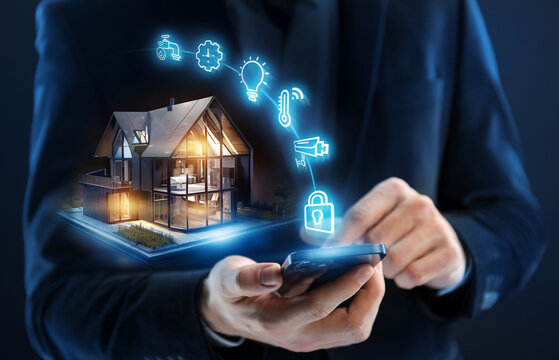
Home automation, also known as smart home technology, refers to the use of modern technology and devices to control and automate various aspects of a home, such as lighting, heating, cooling, security, entertainment, and more. The primary goal of home automation is to enhance the convenience, comfort, security, and energy efficiency of a home by allowing homeowners to remotely monitor and control their home systems through a central hub or a mobile device.
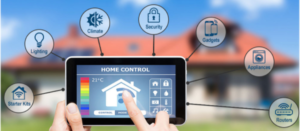
Let’s find out the advantages of home automation:
Convenience: Home automation makes it easier to control various aspects of your home. With a central control system or a mobile app, you can manage lights, thermostats, security systems, and more from one place. This convenience simplifies daily tasks and reduces the need to manually adjust settings.
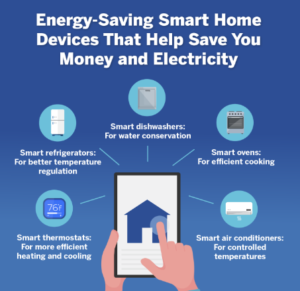
Energy Efficiency: Smart devices like thermostats, lighting systems, and appliances can be programmed to operate more efficiently. They can adapt to your preferences and schedule, helping you reduce energy consumption and lower utility bills.
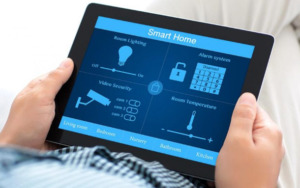
Security: Home automation enhances home security by allowing you to monitor your property remotely. Smart cameras, doorbell cameras, and sensors provide real-time alerts and allow you to check on your home when you’re away. You can also automate lights and locks to deter potential intruders.
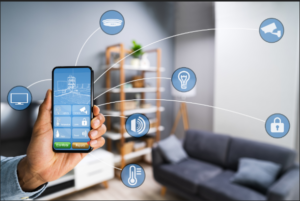
Customization: Home automation systems offer a high degree of customization. You can set up automation routines to create personalized environments, like adjusting lighting and temperature based on your preferences and daily schedule.
Remote Access: With an internet connection, you can access and control your home automation system from anywhere. This is particularly valuable when you’re traveling or want to check in on your home while at work.
Integration: Many smart devices and platforms are designed to work together. This integration allows for a seamless communication between devices, making it easier to create comprehensive automation solutions.
Savings: Over time, home automation can lead to cost savings. By optimizing energy use and reducing water waste, you can lower your utility bills
Safety: Home automation systems can include features like smoke detectors, carbon monoxide detectors, and leak sensors that provide early warnings and help prevent accidents.
Comfort: Smart home technology can enhance your comfort by allowing you to control your environment with ease. Adjust the lighting, shades, and temperature to create a cozy atmosphere.
Resale Value: A well-implemented home automation system can increase the resale value of your home, making it more appealing to potential buyers.
Aging in Place: Home automation can assist seniors or individuals with disabilities to live independently for longer by offering features like voice control, remote monitoring, and emergency alerts.
Environmental Benefits: By reducing energy consumption, home automation contributes to a lower carbon footprint, which is environmentally beneficial.
Here is how you can use the home automation system:
There are several types of home automation systems available, each designed to automate and control different aspects of your home. Here are some common types of home automation systems:
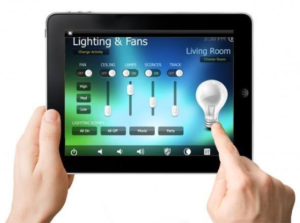
– Smart lighting: Allows you to control the brightness, color, and scheduling of your lights remotely using a smartphone or voice commands.
– Dimmer switches: Replace traditional light switches with dimmer switches that can adjust the brightness of your lights.
– Motion sensors: Automatically turn lights on or off based on motion detection.
– Smart thermostats: Enable you to remotely control your heating, ventilation, and air conditioning (HVAC) system and create energy-efficient schedules.
– HVAC zone control: Divide your home into zones and control the temperature independently in each zone.
– Window shades and blinds: Automated shades and blinds can adjust to control natural light and temperature.
– Smart locks: Keyless entry systems that you can control remotely and grant access to others.
– Security cameras: Monitor your home and receive alerts for suspicious activities.
– Doorbell cameras: See and communicate with visitors at your front door remotely.
– Intrusion detection: Motion sensors and window/door sensors that trigger alarms.
– Smoke and carbon monoxide detectors: Smart detectors can send alerts to your phone in case of emergencies.
– Smart TVs and audio systems: Control your home theater, streaming services, and audio equipment with voice commands or a smartphone app.
– Whole-house audio: Distribute audio throughout your home, allowing you to play music in different rooms.
– Smart hubs: Central devices that connect and control various smart devices, allowing for integration and automation.
– Voice assistants: Use voice-controlled devices like Amazon Alexa, Google Assistant, or Apple HomeKit to manage smart devices.
– Mobile apps: Many home automation systems provide dedicated apps for controlling and monitoring devices.
– Energy monitoring: Track and manage your home’s energy consumption to reduce waste and lower utility costs.
– Smart plugs and switches: Control appliances and devices to conserve energy when not in use.

– Smart sprinkler systems: Automate watering schedules based on weather conditions and plant needs.
– Garden sensors: Monitor soil moisture, sunlight, and weather conditions to optimize plant care.
– Medical alert systems: Provide emergency assistance for seniors or individuals with medical conditions.
– Home health monitoring: Track vital signs and well-being with sensors and wearable devices.
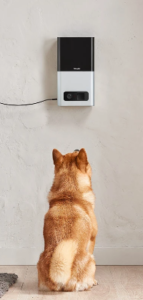
– Automated pet feeders: Schedule and dispense food for your pets.
– Pet cameras: Keep an eye on your pets when you’re not at home.
– Smart refrigerators, ovens, and washing machines: Control and monitor appliances remotely for added convenience.
These are just some of the many types of home automation systems available. The choice of systems you implement will depend on your specific needs and preferences. Many systems can be integrated to create a comprehensive smart home environment that suits your lifestyle.
Are you not sure if home automation can be fixed in your current home?
Yes, home automation can be installed in an old house, but the ease and feasibility of the installation may vary depending on several factors, including the age and condition of the house, the existing infrastructure, and your specific automation goals. Here are some considerations:
Overall, while there may be some challenges in retrofitting home automation in an older house, it is certainly possible. The key is to plan carefully, assess your home’s specific requirements, and choose the right devices and solutions that align with your goals and budget. Consulting with professionals experienced in retrofitting older homes with smart technology can be particularly helpful in this process.
Exploring Interconnected Topics Across Diverse Fields